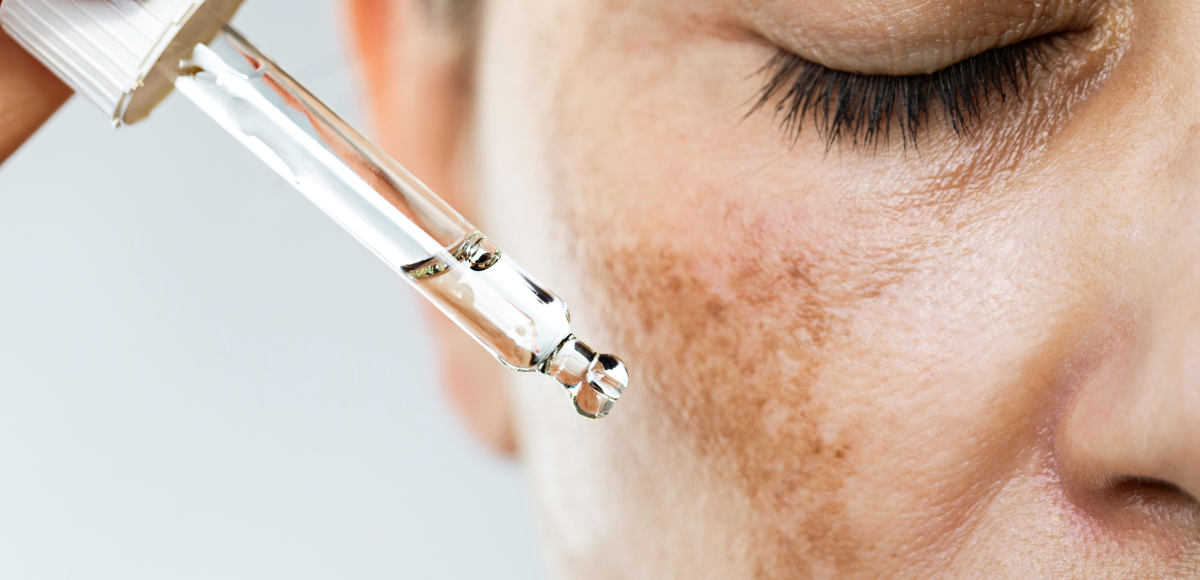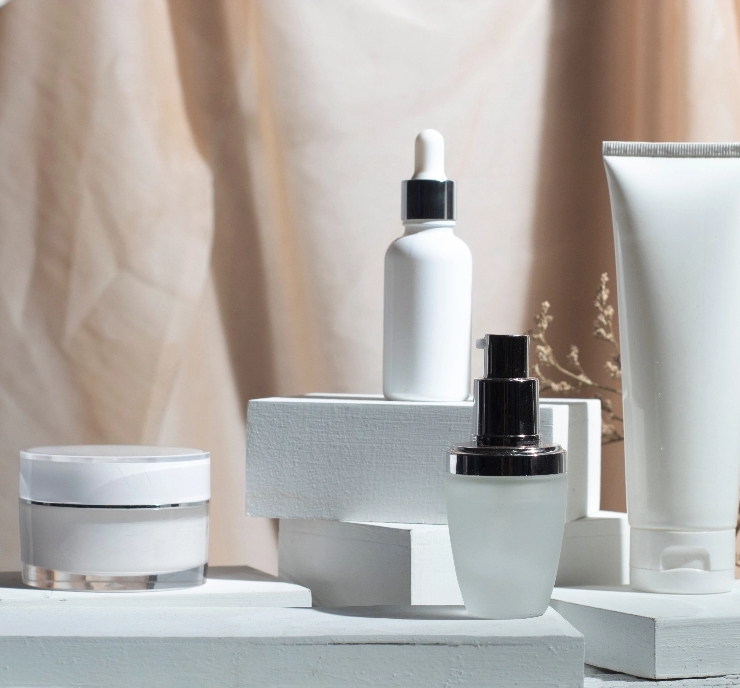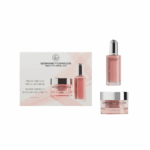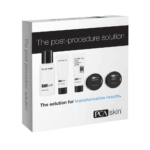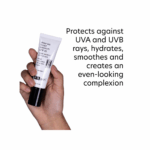No products added!
Can a Chemical Peel Help with Hyperpigmentation?
Have you started to notice uneven skin tone or darker patches that don’t seem to fade? This is known as hyperpigmentation — a very common condition where certain areas of the skin become darker than the rest. The main culprits include sun exposure, hormonal changes, and acne, and over time they can all leave their mark.
One of the most effective treatments for this concern is a professional chemical peel. But how do you know which peel is right for you, and how many sessions are necessary to see results?
With years of experience in professional skin care, I’ll walk you through everything you need to know so you can feel more confident about your options.
Chemical peels are a safe and effective way to reduce hyperpigmentation, restore brightness, and improve skin texture. To get the best results, avoid picking your skin after treatment and apply broad-spectrum sunscreen daily, as sun exposure is one of the leading causes of pigmentation.
The 3 Most Common Types of Hyperpigmentation
Understanding the cause behind your skin discoloration is key to choosing the best treatment:
Melasma
Linked to hormonal changes, especially in women during pregnancy, melasma usually appears on the face. That’s why it’s often called the “pregnancy mask.”Sunspots
Also called liver spots, these are caused by prolonged sun exposure. They often show up on areas most exposed to sunlight like the face, chest, and hands.Post-Inflammatory Hyperpigmentation (PIH)
Triggered by skin trauma or inflammation, PIH is frequently associated with acne. It’s more intense and common in people with darker skin tones.
How Chemical Peels Work for Hyperpigmentation
Chemical peels remove dead skin cells and stimulate new cell turnover, which gradually helps fade dark spots and improves overall skin tone. Depending on the type and depth of the peel, you may need multiple sessions for noticeable results.
And the benefits don’t stop there—peels can also soften fine lines, smooth texture, and brighten the complexion.
How Many Sessions Do You Need?
The number of treatments depends on your skin and the peel used:
Light peels: 3–6 treatments, spaced every 4–6 weeks
Medium-depth peels: 2–4 treatments, every 6–8 weeks
Deep peels: Usually a single session, sometimes repeated years later under professional guidance
Types of Peels for Hyperpigmentation
Light Peels (Superficial): Minimal downtime, perfect for beginners or mild pigmentation. Options include AHA peels for gentle exfoliation, BHA peels for oil control and blemishes, and Jessner peels for deeper cases of melasma and discoloration.
Medium-Depth Peels: Target both the surface and deeper layers of the skin. TCA peels are especially effective for stubborn pigmentation and acne-related marks.
Deep Peels: Penetrate the deepest skin layers, offering dramatic results but requiring more downtime. Phenol peels are the strongest option and are performed only under strict professional supervision.
Important Considerations Before Booking
Not all peels are suitable for every skin type. For those with darker complexions, lighter peels are usually safest to avoid unwanted side effects. Always consult a licensed professional if you:
Are pregnant
Have active acne or cold sores
Have a history of keloids
Recently used oral acne medications


